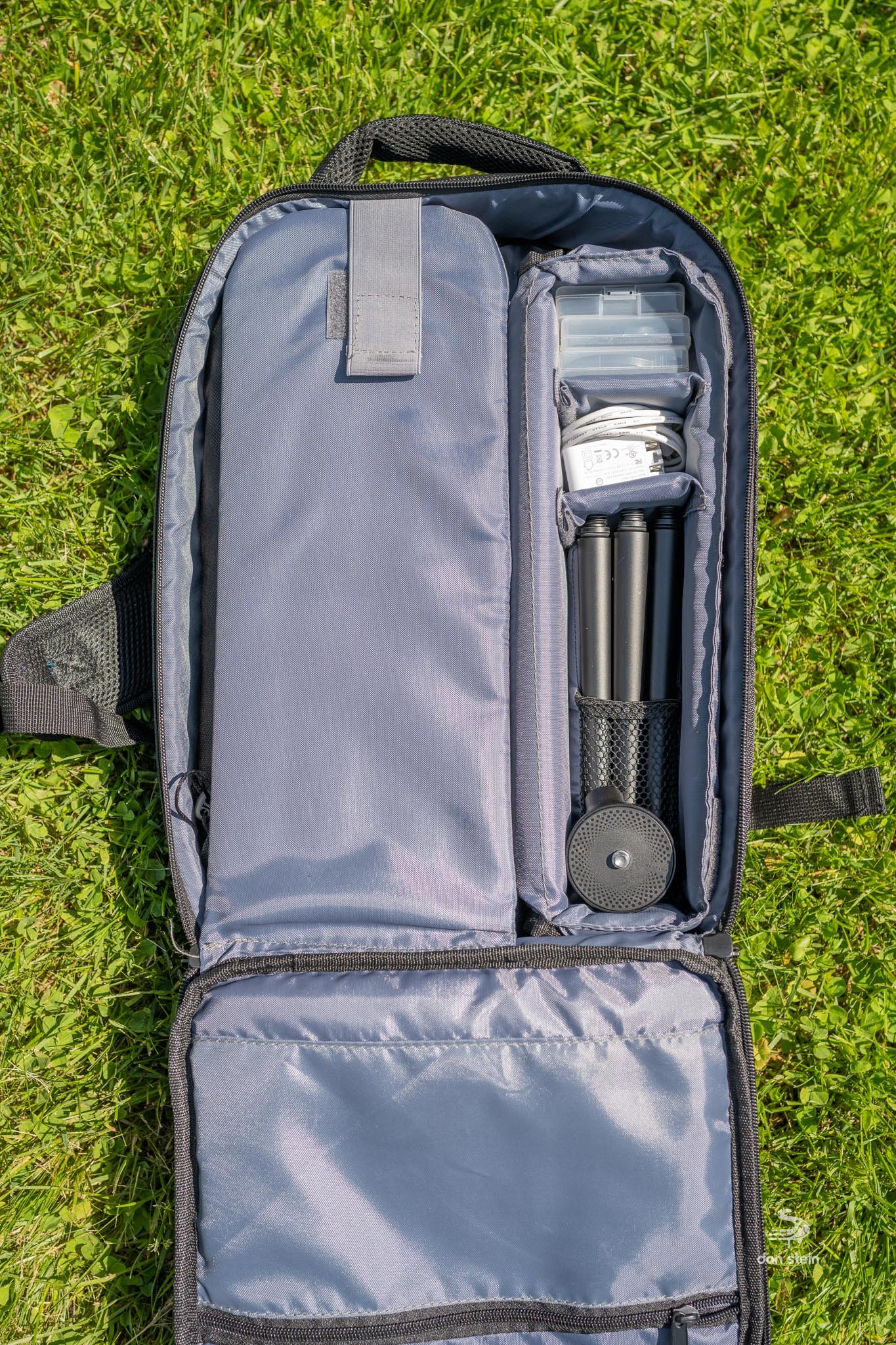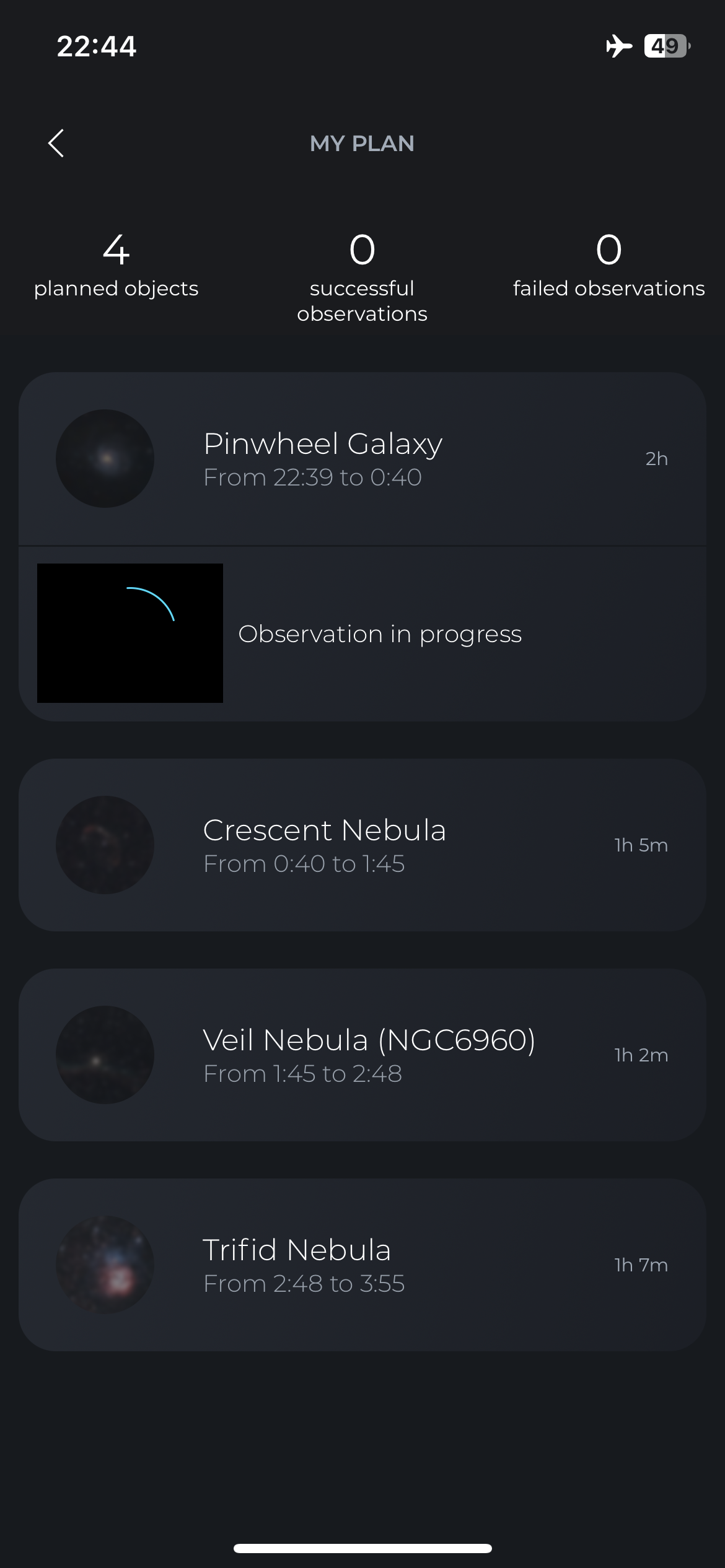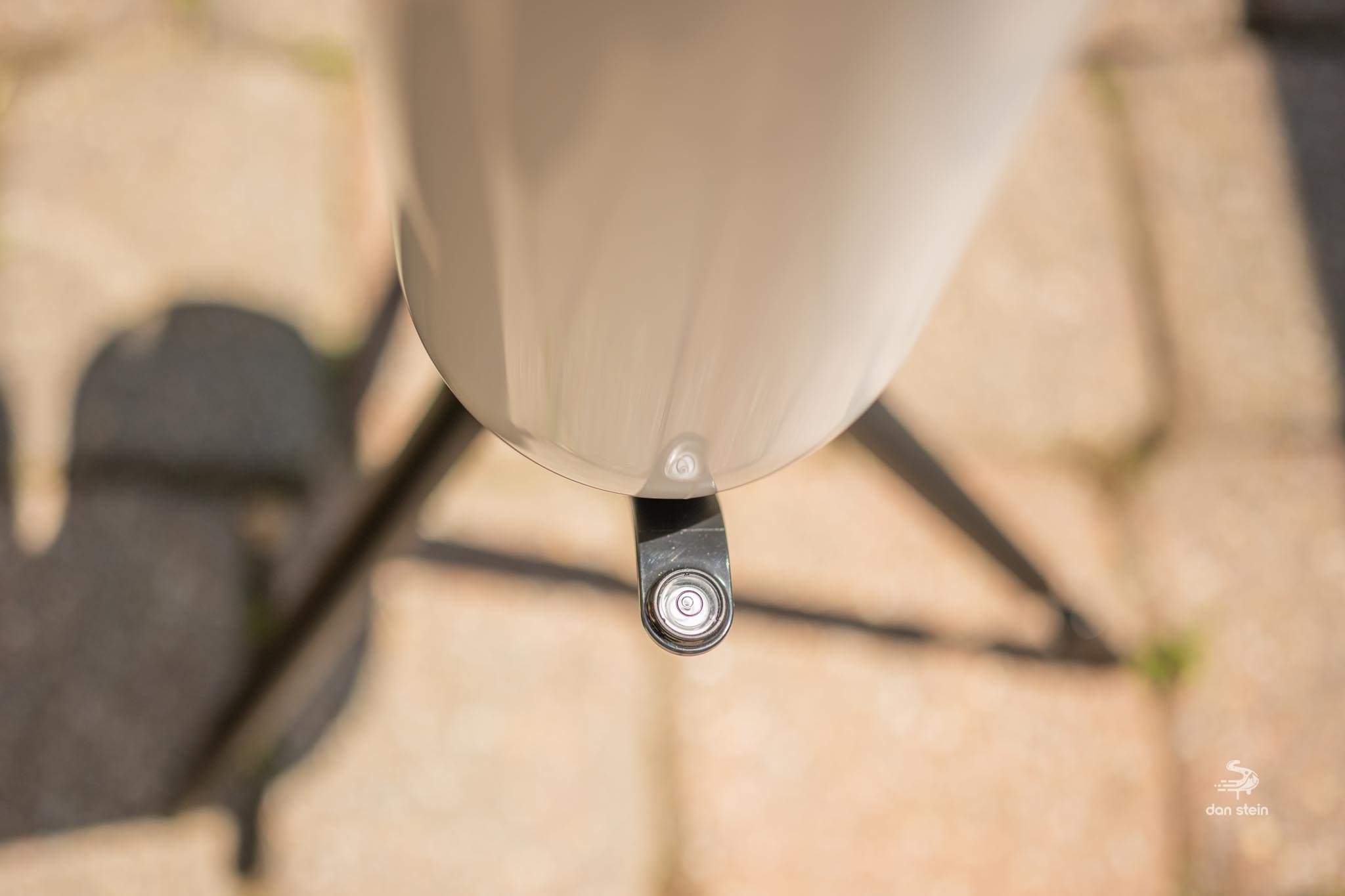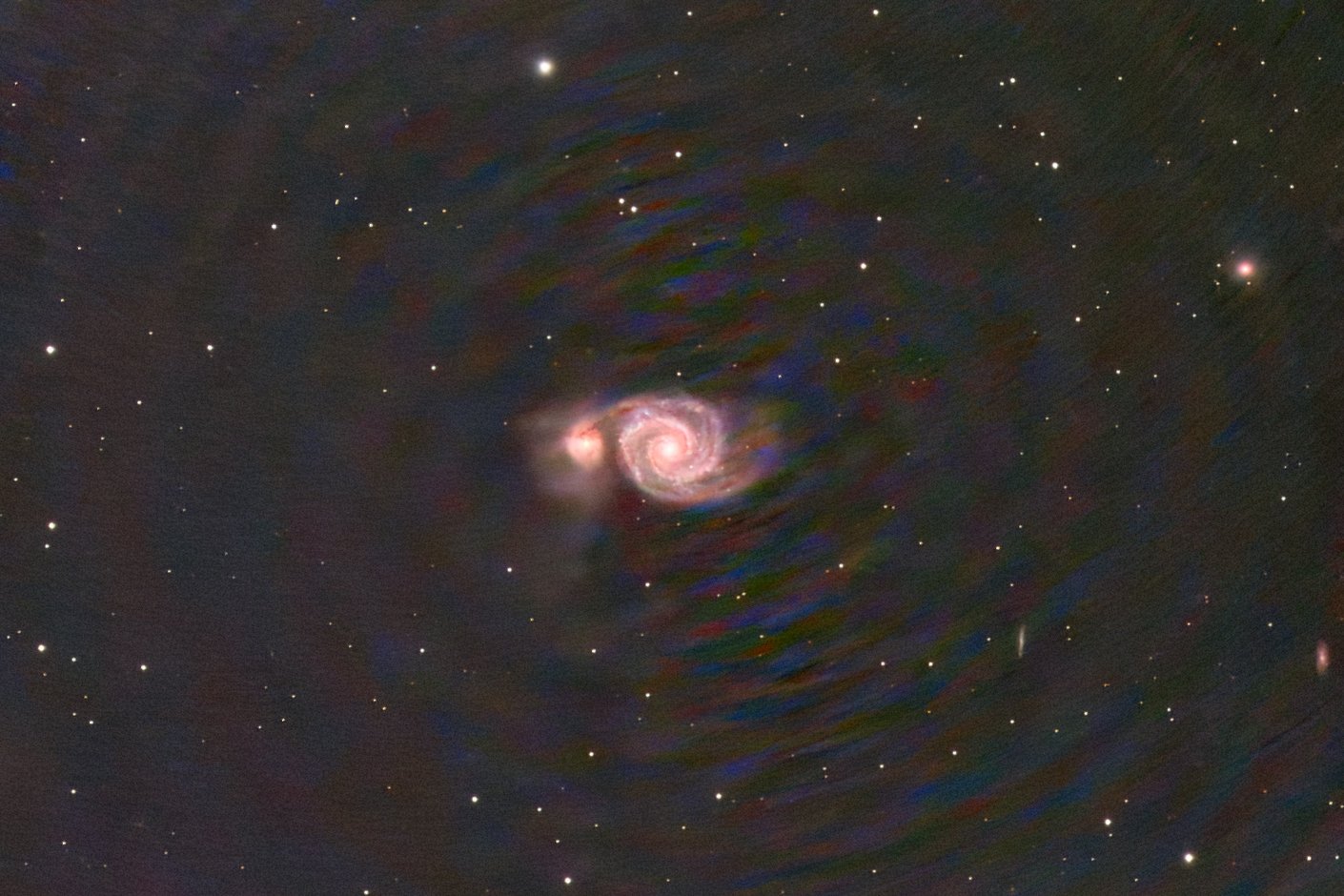What is so Special About This Telescope?
I might as well begin each of my posts with “it’s never been a better time to be invested in astrophotography,” as yet again I find myself using this phrase when it comes to today’s topic. Sitting in front of me looks a little something like the Eve robot from Wall-E, but yet is one of the coolest devices I have ever used.
Known as Vespera, made by a company called Vaonis, this telescope proves that astrophotography does not require endless nights of frustration trying to capture our cosmos.
M42, the Orion Nebula captured with Vespera
Full disclosure. Vaonis sent me Vespera, a travel backpack, solar filter, duo-band filter, light pollution filter, and environmental sensor for review. Total for all of these is US $3246 before taxes, with Vespera itself costing $2,500. Vaonis has no input on my thoughts and opinions on Vespera, and after my testing is complete Vespera will be sent back to Vaonis. As such my review will cover my thoughts in full honesty with no personal bias whatsoever. July 2023 edit: I would like to point out that Vaonis has dropped the price of the Vespera 1 significantly to pave the way for the new Vespera Pro. This new price drop plays a vital role in my conclusive thoughts of the Vespera. More on that below.
What exactly is this thing?
I was a bit confused by Vespera when I first read the spec sheet. $2,500 is a lot of money that could buy a lot of dedicated astrophotography gear. I quickly learned however, that is not primarily what Vespera is all about. Vaonis call Vespera an “Observation Station.” Astronomers would refer to this device as electronically assisted astronomy, or EAA for short. This is where Vespera absolutely excels. There is no need to worry about polar aligning, plate solving, focusing, or finding a target with Vespera. If all of those words sound like gibberish to you, great, then Vespera is for you.
This device can do it all with little effort. This device is pure fun. Fun that can be had by anyone with even the faintest interest in astronomy. Vespera is something that could be the gateway to the cosmos for anyone. I have always said, whatever can make someone look up and care about space is a winner in my book.
Okay. Then what isn’t this thing?
Well it has a camera right, so should this be my next investment for astrophotography, you may ask? Welllll that kind of depends. Vespera is not designed to replace your full sized astrophotography rig, but is more of a supplement to it. With only a small 2MP sensor and altitude-azimuth based tracking, the images taken by Vespera are mainly intended for posting online. It does come CLOSE to what some full rigs can do, but in my mind not a full on replacement… at least for me, but perhaps it could be for you. Read on to find out why. Remember, this is EAA, with the 2nd A standing for Astronomy, not astrophotography.
For serious astrophotographers who understand the complexities of setting up a fully capable rig however, there is a lot of merit of simply being able to place this thing out on your lawn one night and just let it go to work. Vespera is also mainly designed for deep space objects. While it can track the Sun and Moon (as you shall see later on) it really excels with nebula and galaxies. Planets are way too small for this type of telescope.
Design & Portability
Design was not an afterthought at Vaonis. The Vespera is well built and easy to assemble and dissemble for maximum portability when traveling.
The available travel backpack can house everything. Vespera, all filters, tripod, charger, cable, and a few other odds and ends.
The backpack closed with all the Vespera goodies inside.
Filters
A number of filters are available for Vespera. All of them work seamlessly well. The app automatically recognizes when a certain filter is installed and even copies that information into the image metadata.
There is a duoband filter, light pollution filter, and solar filter. I had a lot of fun with the solar filter, it was awesome being able to use the Vespera as a solar telescope.
All 3 filters Vaonis provided me for testing.
Why I love this despite having a full sized astrophotography rig
I am being completely honest here. Again, Vaonis has not paid me to say this. I have a full sized Sky Watcher HEQ5 mount with a Sky Watcher Espirit 100ED, ZWO ASI294MC Pro cooled camera, guidescope with guidecam, autofocuser, and run the entire rig off of an ASI Air Pro. All of this together requires extensive knowledge of every single component, and requires a ton of work to properly setup and take down. Setting up the rig, balancing, polar aligning, even just carrying the mount into and out of my house is just a lot sometimes. It also requires external power which makes bringing it to a dark sky location even more cumbersome. We all have long days at work, so being able to forget about all of that with Vespera is so freeing. This little scope weighs in at 11 lbs and fits into a small backpack with all of the accessories.
Finished images taken with Vespera


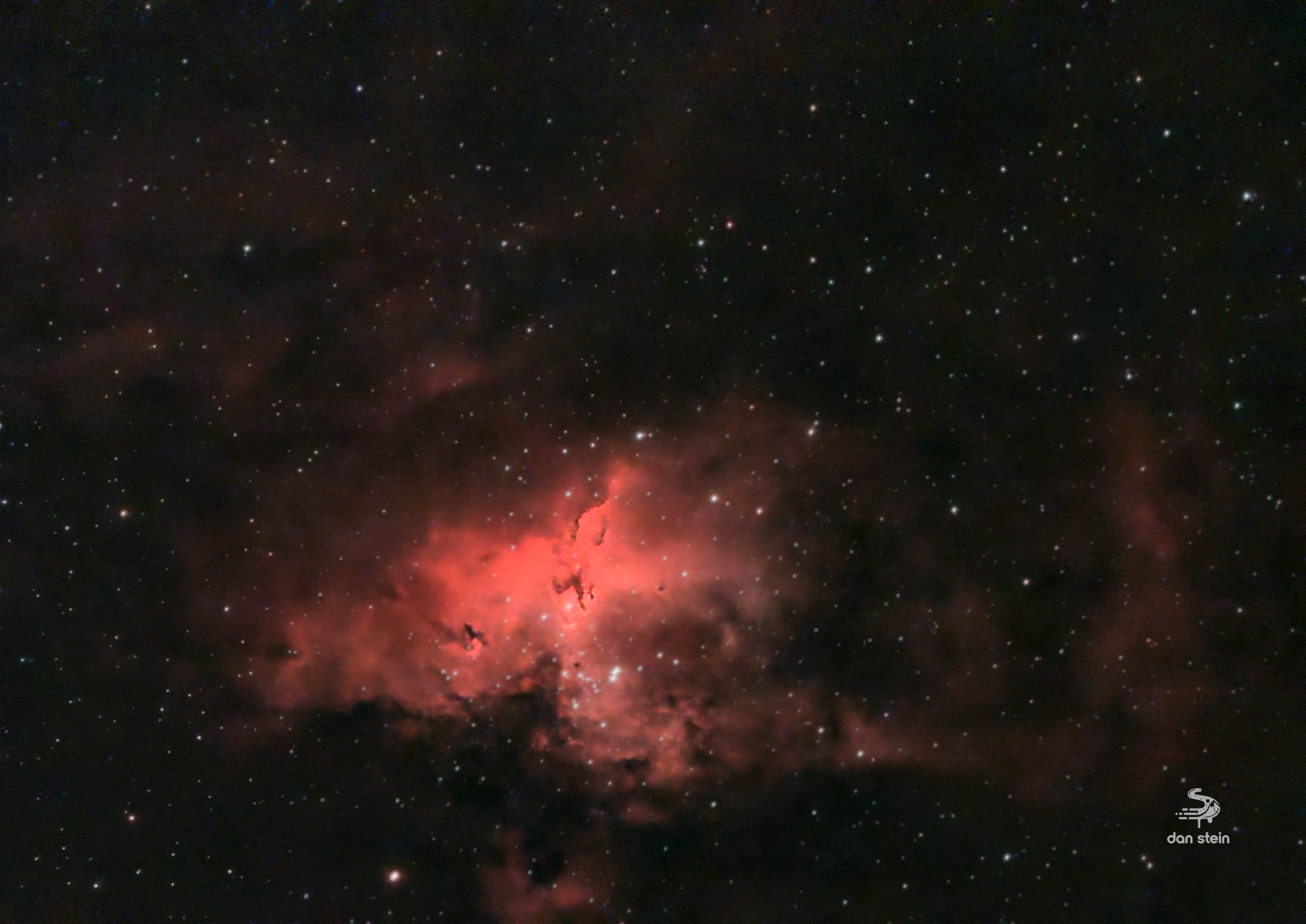
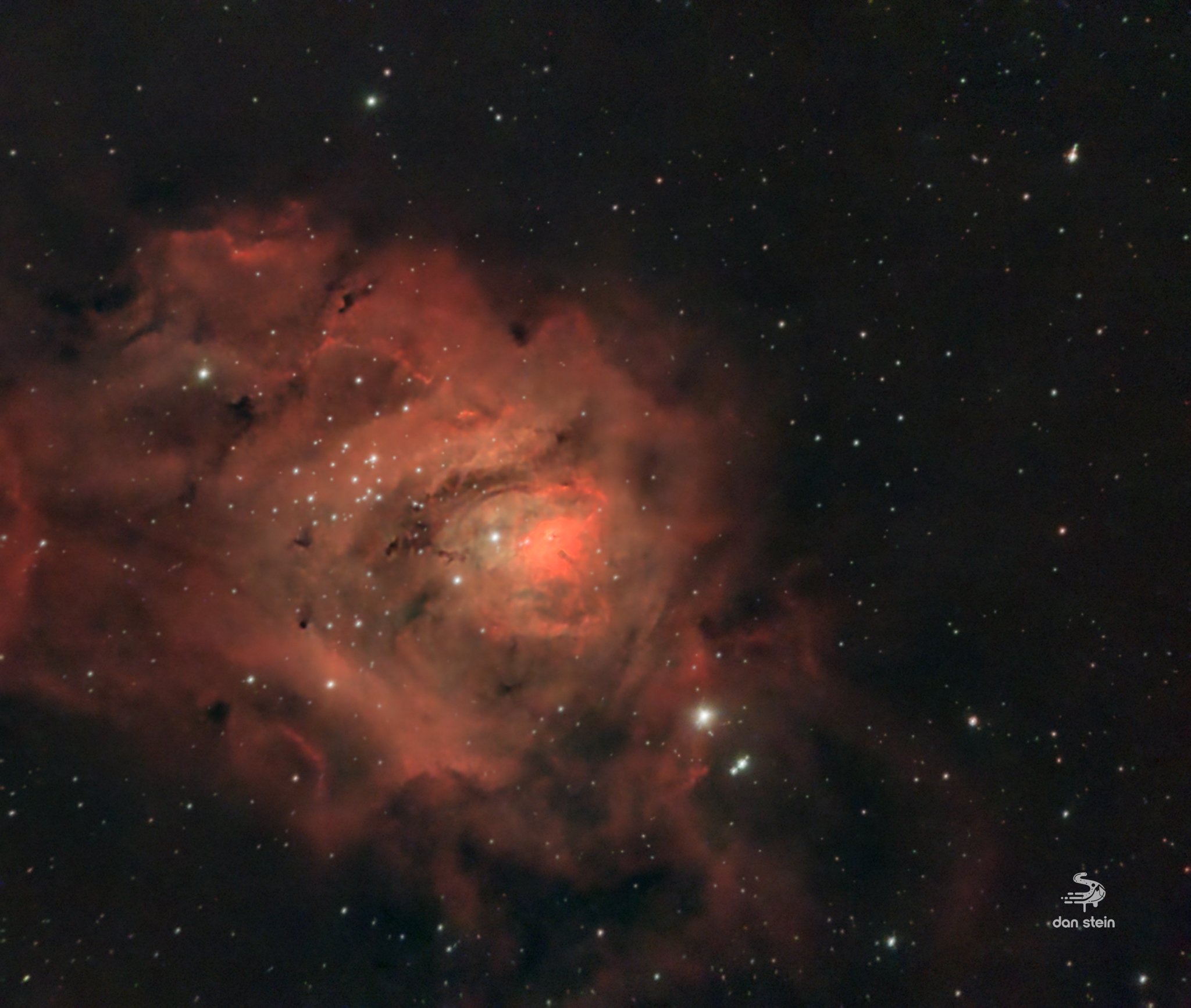
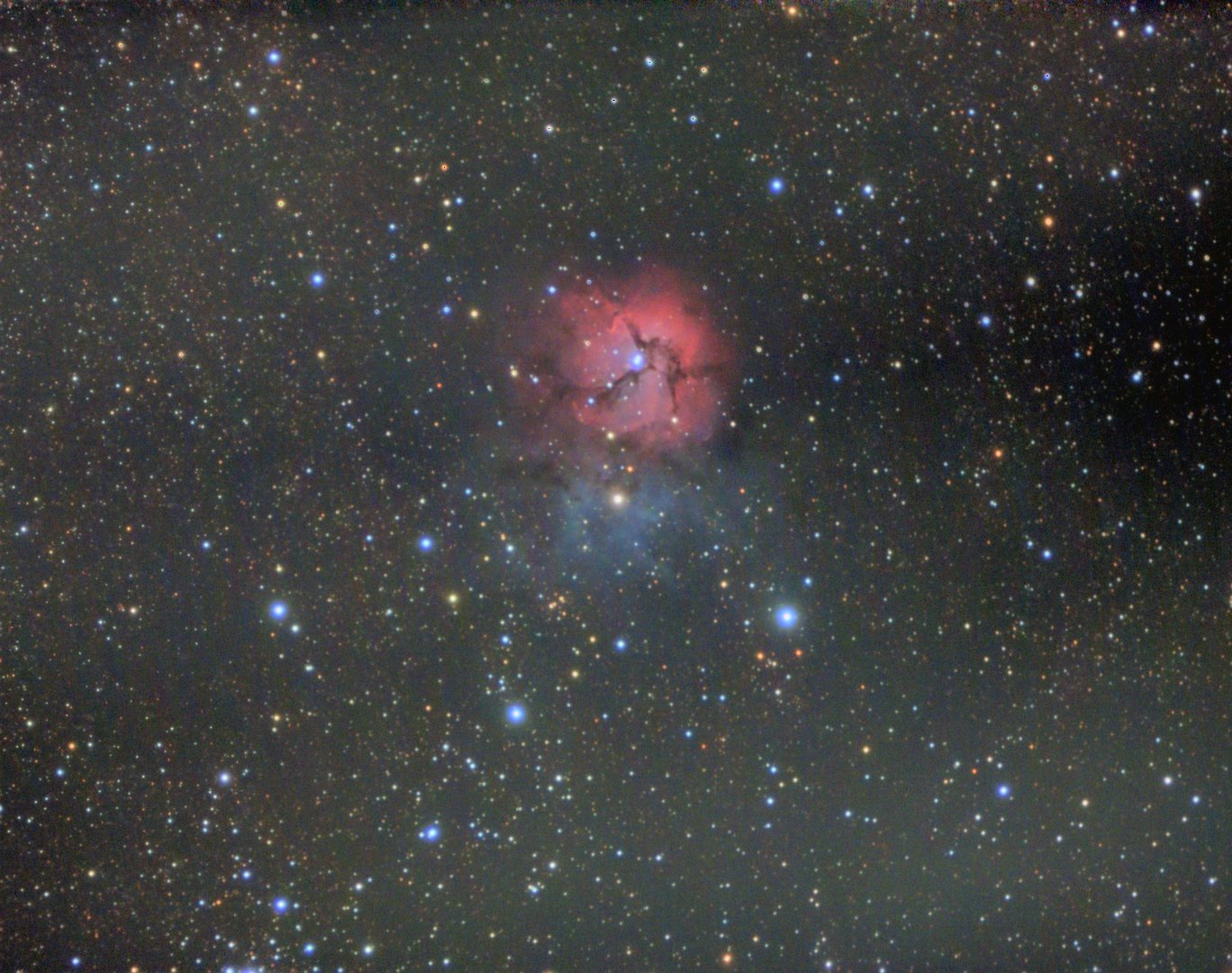
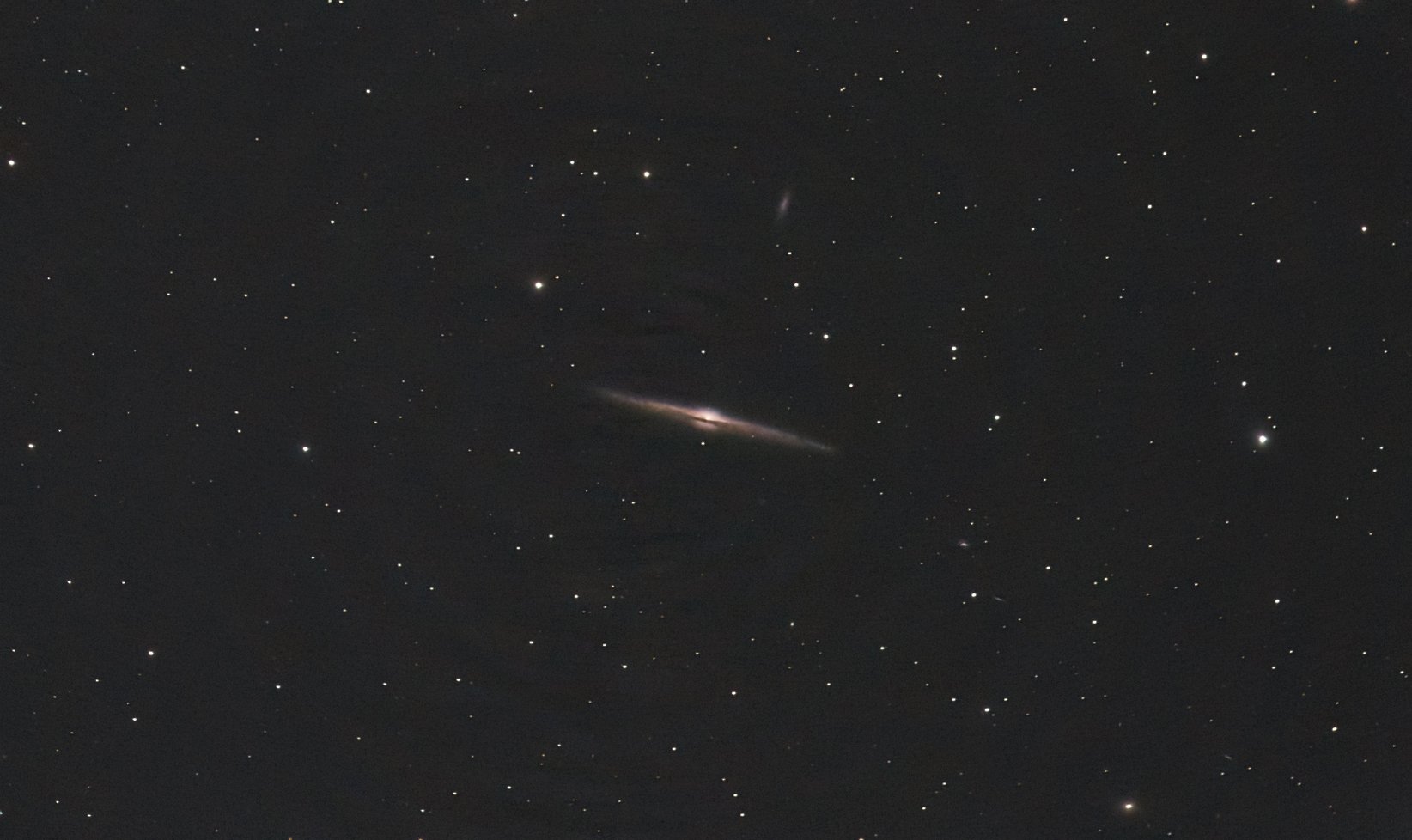
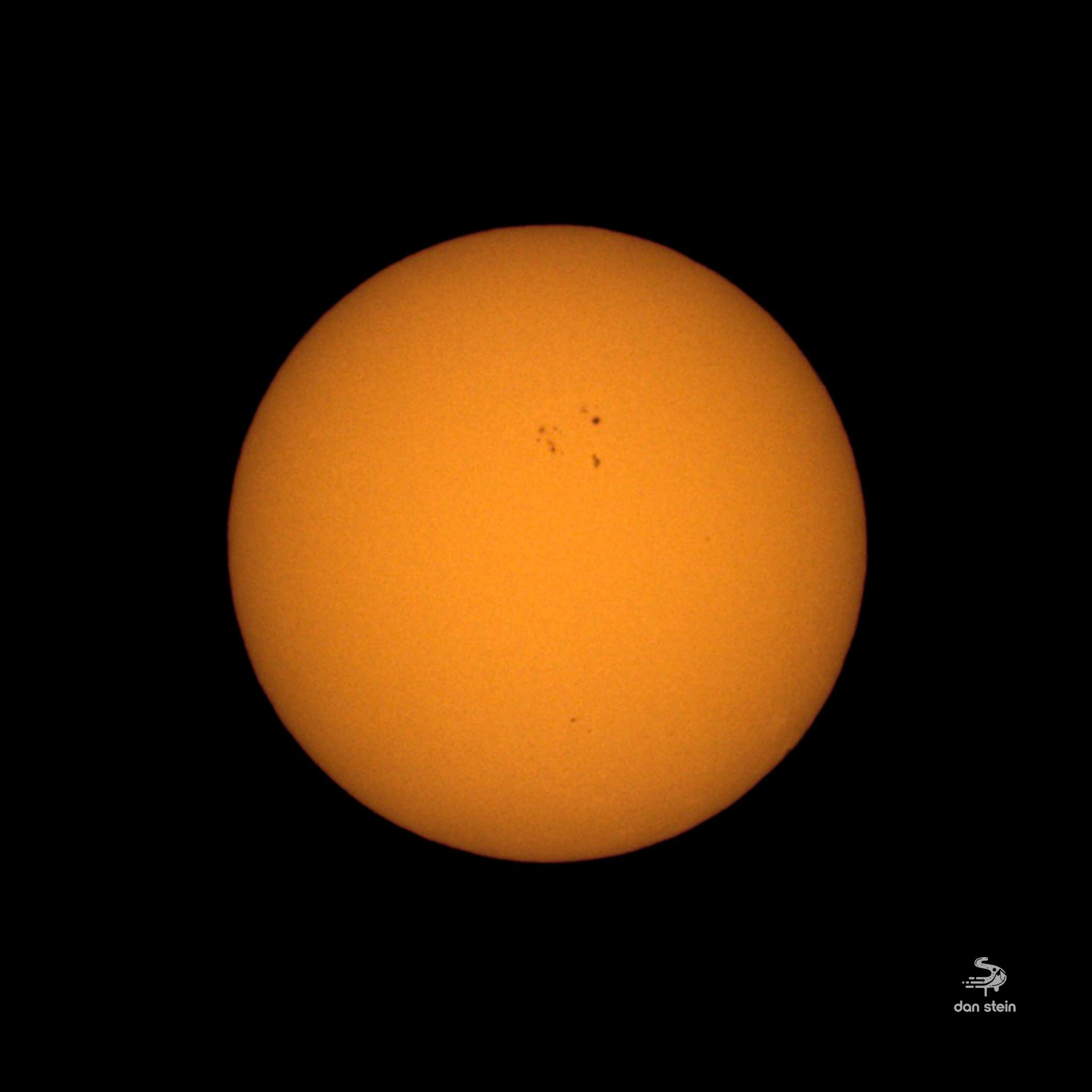
On top of that, setup is literally just installing the tripod legs and placing it on the ground. Then, you can just sit and press a few buttons on the phone app. No need to align or focus Vespera. It is all automatic. It’s mind blowingly easy.
The app contains nifty little space fun facts as Vespera does all the processes for you. This I feel is great to keep you engaged as your observation starts. This is especially nifty for kids who are just beginning to show interest in space.
Even slewing to a target which takes time on a normal astrophotography rig is fun with Vespera
Once on your target of choice, Vespera automatically starts taking pictures and does a live stack for you. This is easily the coolest feature. You can even replay all of your photos it has taken from the first shot, seeing the target you are shooting become more detailed over time. I seriously love playing with this slider! Of course, all of these shots are saved to the internal memory of Vespera for download and further processing later if you wish.
On longer nights, you can program Vespera to slew from target to target, capturing as many minutes or hours as you wish on each. The whole process is swimmingly automated, it is such a nice break from the full rig.
Creating a night long plan in the Singularity app. Super easy to do and it means I can get some sleep without having to worry about Vespera.
For larger targets, there is also a Mosaic mode. I was pretty baffled to find this feature here. This acts as some level of dithering while also making it easier to get full field of view of large DSO’s like Orion, Andromeda, Rosette, and more. The implementation in true Vaonis fashion is very polished and easy to initiate as well. More on that below….
The optics are also very good. I see almost zero chromatic aberration, vignetting, and astigmatism on the stars.
I love the little Hygrometer sensor they sent me. It was pre-installed in my unit. This tells Vespera went to turn on the dew heater over the lens without any input from the user. Again, fitting in perfectly with the Vaonis ethos.
Hygrometer installed on the top left side of the glass.
There are ways you can build your own EAA, such as with a Sky Watcher Star Adventurer AZ-GTI, small refractor, and computer, but this type of rigging is really only reserved for experienced hobbyists who have extensive knowledge on how to piece all of these components together and can program the software to do so. I am not one of those people, and I would venture to say most people in the market for something like Vespera are not either. This is where I feel the price tag of Vespera is justifiable. You are paying a premium for the user experience. The experience is flawless and saying something like that in the world of telescopes is rare. Trust me, ask any astrophotographer when was the last night they had where everything went smoothly and no tinkering with their rig was required.
What I feel could be improved upon in the next iteration
With all of the above said I have no doubt Vespera will be a huge success. Based upon my assessment in the past few months this is a highly capable EAA unit. But, there are a few key points that I think could use some improvement. Perhaps these may be implemented in a future version of Vespera many years down the road.
For starters, the 2MP resolution sensor, while just fine for EAA, is pretty low considering the cost of Vespera. A nice bump up to 8 or even 12 would be nice. As mentioned above, 2MP is fine for sharing on social media as images are compressed down to that file size anyway, but don’t expect to be able to get good quality prints out of this sensor. Their other telescope, Stellina, offers this higher resolution so I could see a potential conflict there, but I still standby that in 2023 2MP is not staggering.
Update: Vespera have announced a Pro model coming soon. Not only does this new model capture 12.5MP images, but it is also the same price as Vespera V1. As a result, Vespera V1 is now only $1,500. At this price, Vespera is a lot more feasible.
I was also surprised to find that Vespera has pretty much no ports. There is the single magnetic charging cable, and that’s it. While the magnet is a nice a touch—similar to an Apple MagSafe connector which prevents accidents from tripping over the cable—there is no way to transfer your files from Vespera to a computer with a wire. The only way to do so is to connect your computer to the Vespera network. Vaonis provide an easy to use guide to “login” to your Vespera via FTP, however only then can you access your files. The download time resembles that of USB 2.0 speeds from 2004. It took about 30 minutes for me to transfer 8GB or so, with my computer right next to my Vespera. A USB-C connection here would go a long way I think. On top of that, you will not be able to use the internet while downloading files.
Accessing Vespera files via FTP.
Download transfer speeds
I also found leveling the tripod slightly annoying. It isn’t difficult, but there is not a lot of adjustment room as opposed to a typical tripod. The surface you set Vespera on needs to already be pretty close to level. This isn’t a big deal, but it is worth mentioning especially if you plan to take Vespera camping.
Leveling vespera
The ability to dither would be a great addition too. Like I said above there is that cool mosaic feature which quasi-enables this function, but I was having difficulty getting the files it produced to stack properly. The mosaic pattern shoots images in an unconventional manner that is typical for astro mosaics. I feel a simple dithering function would allow for walking noise mitigation without much effort. Because the Vespera is alt-az tracking based, the walking noise becomes apparent with fainter targets in the form of concentric circles. Dithering would be able to minimize this a lot.
Concentric walking noise seen here in my images of M51 taken with Vespera
This is easily the best EAA rig you are going to get out of the box
It’s pretty much plug and play. Vespera is a beautifully designed, well packaged EAA with enough software that pushes it close to an astrophotography telescope—without actually being a telescope designed for astrophotography if that makes sense.
You might be able to get more bang for the buck by building your own EAA from scratch, but as mentioned that requires a good amount of knowledge of the many different components that go into that build. I also doubt it would be as portable or as good looking as Vespera.
This Changes the Game
It’s hard to reason express how important Vespera is to the greater astronomy community. This makes astrophotography accessible to everyone. I know the purists here will be reading this and saying “No! You have to get x, y, z and spend time on a, b, c to do it right.” Not with Vespera. This is the truly remarkable thing. Vespera can be a pathway to anyone who even has an ounce of interest towards space. It can be the telescope that wants to provoke further exploration and learning about our universe. Vespera can get anyone hooked, and it’s important to remember how many pathways someone can venture upon when discovering the cosmos.
For someone who is disabled for example, they may not physically have the strength to bring out a full EQ rig each clear night. Or how about someone who sees a cool image on the internet and does not want to go through the trouble and frustration of researching x EQ mount and Y telescope, only to then need to figure out Z software to get it all to work. What if someone just wants to see the Orion Nebula? Or Andromeda? Or The Pleadies? Vespera is there for those people without all of the hassle of trying to start hop, etc.
To sum up, if you had your eyes on building your own EAA rig but the prospect of getting everything to work right seems daunting, Vespera is for you. If you have kids or even families that come up to you in your neighborhood that always seem to want to look through your astrophotography telescope, only to then have to go on a long winded explanation of why they can’t, well Vespera is for you. If you want to go car camping somewhere and only have just enough room in the car for something small but still want to have a fun night under the stars… you guessed it, Vespera is for you. With a new lower starting price of just $1,500, this really is a good buy.




